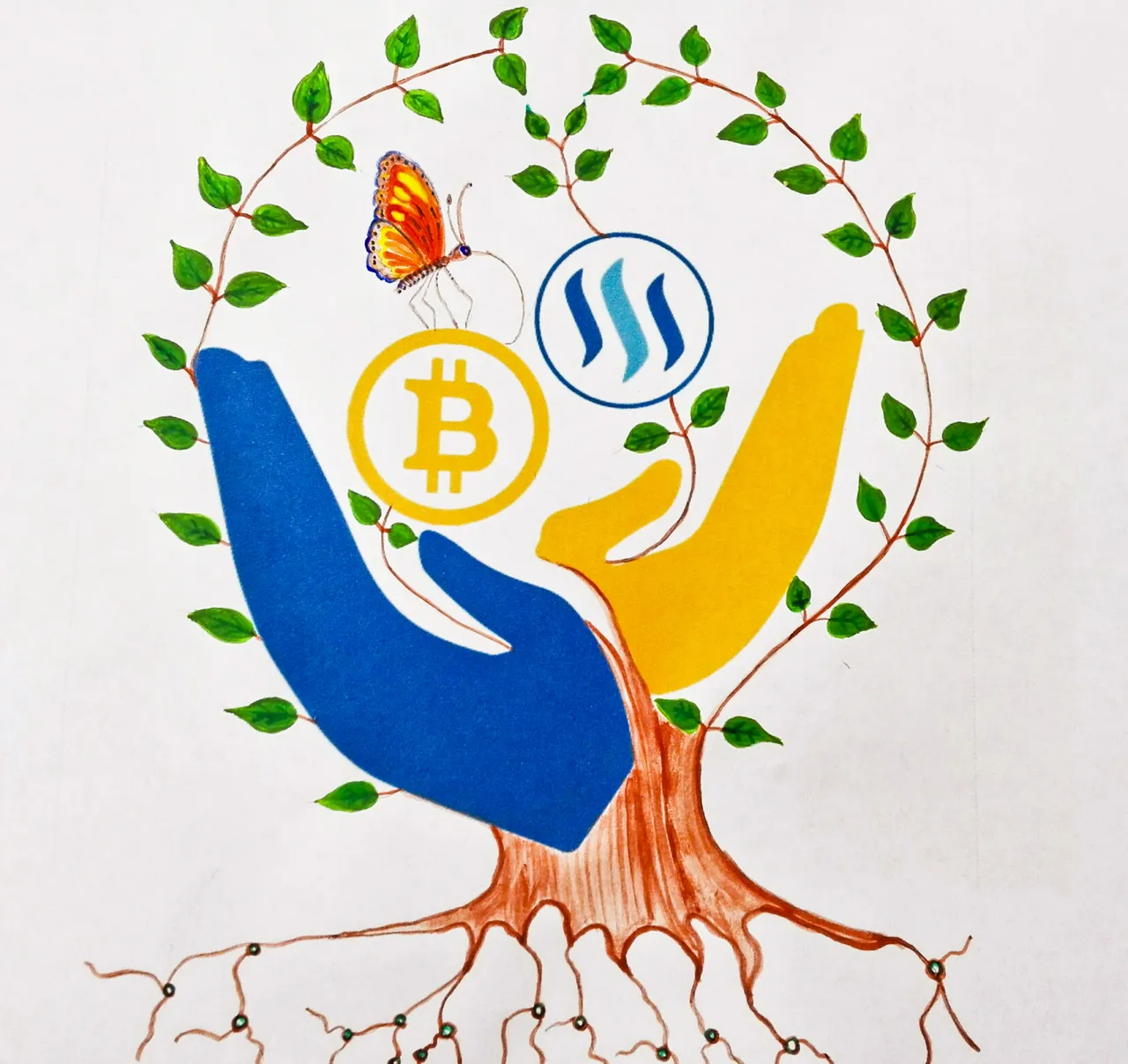Fractions of a Fraction
Last week in Into the Heart of Sustainability we defined Sustainability and began introducing the concepts that explain its relationship to Steem Basic Income.
Today we are going to focus on measuring sustainability. What metrics we use, and how we use them, to determine when we have what it takes to last forever, and when we need to make adjustments. Today’s episode will rely heavily on math, and we encourage you to both follow along and to ask any questions in the comment section below.

Do You Know what Steem Basic Income is?
Steem Basic Income is a social experiment to bring a basic income to as many Steemians as possible. Members join by sponsoring others into the program. Steem Basic Income is delivered through providing regular upvotes to member content.
Base SP
The ‘native’ Steem Power of the Steem Basic Income accounts accumulates over time. It is important that this number grow at a similar rate to the enrollments growth of the program. This number, and its relationship to total SP of the program, is also useful in calculating other important metrics. It is where we start our calculations.

We include in Base SP all the native SP in the Steem Basic Income accounts, as well as the SP from member delegations. Member delegations do have a price, but is paid in upvotes - not in liquid STEEM. In a future article we will break down the math behind member delegations even further; for now please note that they are included here.
Weekly costs
The leasing of Steem Power to fulfil our mandate is a very important part of what we do. We primarily use the Minnow Booster market to pay for 24 week leases.

While individual lease prices can vary, we calculate our total weekly costs with the following formula:
Leased SP / Price = Weekly Cost
‘Price’ here is the inverted metric used by Minnow Booster, and not the normal way we think of prices. Roughly speaking, it indicates the total SP that each 1 STEEM could lease at the same price if it was all combined into one week instead of 24. It’s a weird pricing schema. Suffice it to say that a higher 'price' actually means a lower cost. This smoothed weekly cost metric represents the cost for us to replace 1/24th of our leased delegations (which last 24 weeks).
Author rewards and Curation
Total author rewards and curation combined sum to 82.28% of our weekly costs, as seen below. Some programs might stop here, but this is not the whole story, because it does not take into account the 'Base SP'.

As you can see, curation and author rewards do not currently cover the full cost of the program. We have been using SBD conversion to bridge the gap, but that opportunity may be coming to an end.
Putting it all together - with Conversions
When we combine our Base SP into the equation, we can see the current totals (as of February 25th, 2019).

As a reminder, we currently use market arbitrage to make up the difference, buying SBD at prices below a dollar and converting them to one dollar worth of STEEM. We stagger our conversions to lower the risk associated with price swings during the 3.5 day conversion period. This produces an additional income stream, which in the week ending February 25th, 2019 represented 22.19% of weekly costs. When multiplied by our 77.23% it yields 17.13% of the total ‘cost of upvote delivery’.
This is enough to make up the difference and keep us above 100%, the realm of sustainability. But SBD is getting close to $1 again and conversions likely won't last much longer.
Sustainability Coverage
In order to maintain the program’s sustainability, never risking the future of the program for today's payouts, we are introducing ‘Sustainability Coverage’ as a key metric. Measured by the metrics just explained, our current Sustainability Coverage is the total of 86.31% + 17.13% = 103.44%.
If at any point our Sustainability Coverage drops below 100%, we will apply it as a multiplier to the existing member rshares accumulation rates. That will reduce upvote values for all members at exactly the level that remains sustainable.
To provide an example, without conversions our current Sustainability Coverage would be 86.31%, or 0.8631. We multiply the current rshares accumulation of 800M rshares per unit per day by this number, which yields 690.48M rshares per unit per day. Instead of member rshares balances growing by 800M per unit per day, they would grow by 690.48M per unit per day, or 86.14% of our target rate.
Whenever Sustainability Coverage is above 100%, then member rshares balances will grow at 800M per unit per day. This change will guarantees that under no circumstances will we ever become (or be reasonably interpreted to become) a ponzi scheme.
Our goal with introducing Sustainability Coverage is to make the program stay stronger and last longer, which will benefit everyone involved. Rest assured that we will use all of the tools at our disposal to keep Sustainability Coverage above 100% as much as possible.
If you are interested in helping Steem Basic Income to stay above 100%, consider our delegation and/or upvoting programs.
Writer Bio
This Sustainability report was prepared for us by @ecoinstant.
From a young age, @ecoinstant continues to be very interested in the mechanisms of sustainability, and loves being a part of several teams working on promising projects, including the marvelous Steem Basic Income!
Questions?
Please read our FAQ. If you still have questions, ask in the comments section or join us in our discord channel.
You can look up your current membership levels by using !sbi status in a comment or post, or by using our newly modified member lookup tool.

